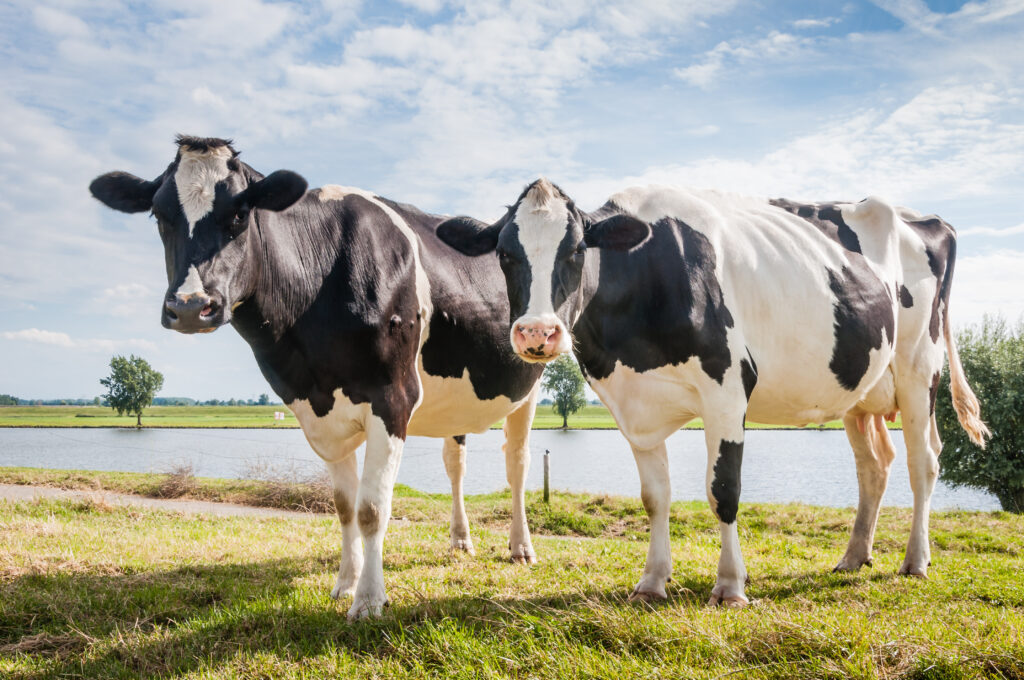By Claudia Ossa-Trujillo | Graduate Student in Biomedical Sciences

Antimicrobial resistance — in which microorganisms, like bacteria, become resistant to the medications used to treat them — is a significant concern worldwide for animals and people. Ceftiofur crystalline-free acid (CCFA) is one formulation of a third-generation cephalosporin (3GC) in the β-lactam class of antibiotics approved for use in veterinary medicine; further, it is the preferred antibiotic for treating acute bacterial metritis (inflammation of the uterus) in dairy cows.
Metritis causes significant economic loss for the dairy industry in the United States as it reduces milk production, reproduction, and herd survival in affected dairy cows. However, using CCFA in cattle may lead to the development of resistance to this and other antibiotic classes that are important in human and veterinary medicine. There is also a potential risk for these antimicrobial-resistant bacteria to transfer from livestock to humans through the food chain and environment, which could lead to broader dissemination.
It is important to note that the World Health Organization (WHO) considers the 3GC class of antibiotics the highest priority and most critically important for human medicine. However, the effect of 3GC antibiotics on the microbial communities of cattle and resistance within these communities is largely unknown.
The objectives of this study were to determine the effects of two-dose CCFA regimen on the fecal microbiota and the quantities of several antibiotic-resistance genes present in fecal samples from Holstein-Friesian dairy cows with a diagnosis of metritis in the southwestern United States. These were compared to cows without such a diagnosis.
The research findings suggest that two-dose CCFA treatment in dairy cows with metritis elevates the quantities of cephamycinase (blaCMY-2) — a gene that confers antibiotic resistance to certain β-lactam antibiotics— among all fecal bacteria while paradoxically increasing microbial diversity. However, it does not have dramatic selection effects on another class of important extended-spectrum beta-lactamase (ESBL) genes (blaCTX-M). This study is important because it demonstrates that administering two-dose CCFA in dairy cows enhances the cephamycinase gene.
This study was published in the Microorganisms journal from MDPI and supported by the extramural research program of the U.S. Department of Agriculture, National Institute of Food and Agriculture, Agriculture and Food Research Initiative (2016-68003-24607).
